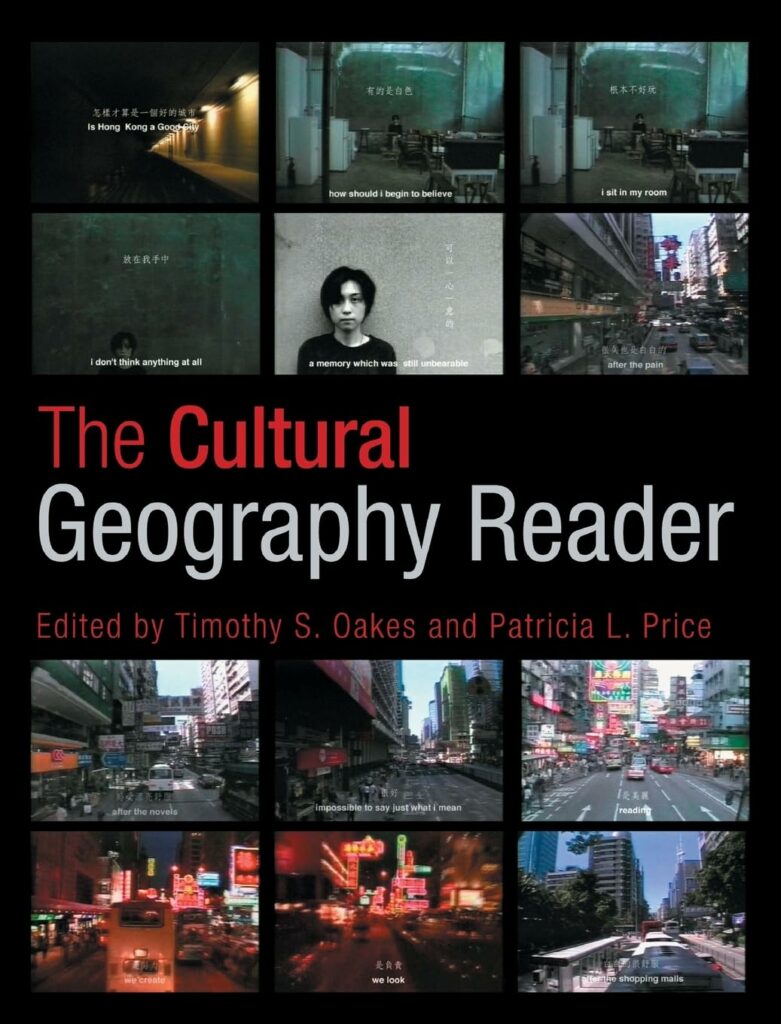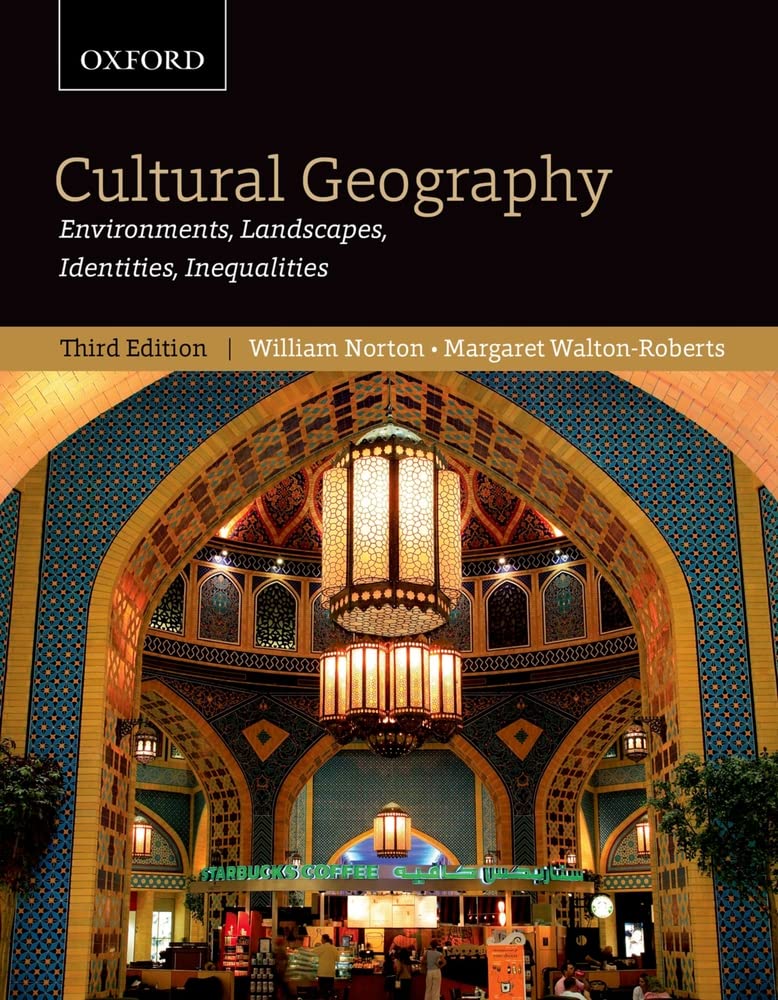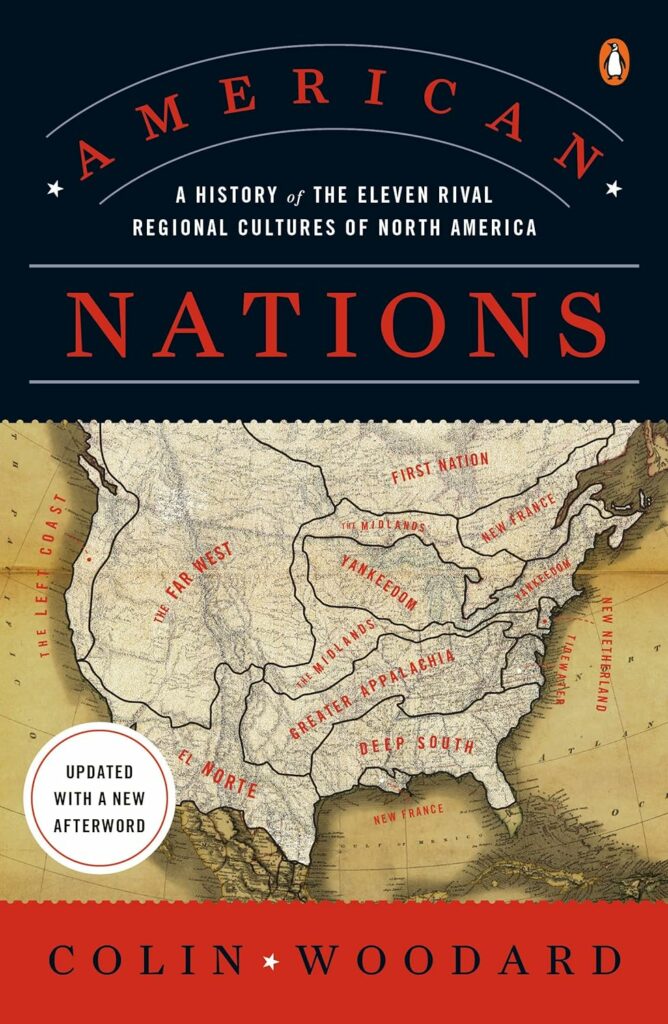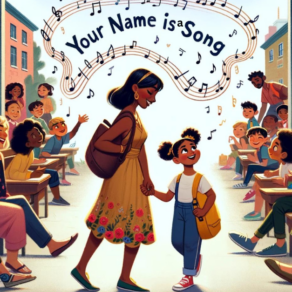Navigating the intricate tapestry of cultural geography can be a fascinating journey, offering insights into how our environments shape and are shaped by the myriad cultures around the globe. As someone passionate about reading and exploring different cultures, I’ve curated a diverse selection of books that delve into various aspects of cultural geography.
From critical introductions and comprehensive guides to visually stunning histories and regional explorations, these books serve as gateways to understanding the complex interplay between people, places, and cultures. Whether you’re an educator, student, or simply a curious mind, this collection promises to enrich your understanding of the world’s cultural landscapes.
Cultural Geography Books
Check out our top picks for cultural geography books:
1. Cultural Geography: A Critical Introduction, by Donald Mitchell
In “Cultural Geography: A Critical Introduction,” Donald Mitchell provides a thorough and critical analysis of the significant changes in cultural geography over the past two decades. This book dives deep into the intricate processes of cultural transformation across various geographical landscapes. It examines the intricate interplay between the politics of everyday life and the broader socio-political dynamics shaping landscapes.
Mitchell delves into the nuanced relationships between culture and geography, exploring issues of sexuality, gender, race, and nationality. His critical approach offers a comprehensive view of how cultural geography has evolved, presenting a unique perspective on understanding cultural changes and their spatial implications.
2. Cultural Geography, by Mike Crang
Mike Crang’s “Cultural Geography” offers a fresh perspective on the ‘cultural turn’ within contemporary geography. Published in 1998, this book serves as a geographical lens to understand culture, addressing the practical aspects of cultural dynamics and their real-life implications.
Crang explores various definitions and complex facets of ‘culture’, using diverse cases to elucidate how culture influences the experience of place. This interdisciplinary introduction to cultural geography tackles topics such as local and global relationships, culture-economy interactions, and the dilemmas of knowledge.
It also examines the roles of states, empires, corporations, and various cultural mediums in shaping cultural landscapes. The book is a concise and updated guide, drawing on global examples to highlight societal changes and the emerging ‘pick and mix’ culture relationship.
Related: Best Books on Race and Technology
3. A Companion to Cultural Geography, by James Duncan (Editor), Nuala C. Johnson (Editor), Richard H. Schein (Editor)
“A Companion to Cultural Geography,” edited by James Duncan, Nuala C. Johnson, and Richard H. Schein, brings together contributions from 35 distinguished international scholars. This book serves as a critical overview of cultural geography, a dynamic and influential field of study. The editors have curated a comprehensive guide that covers various aspects of cultural geography, reflecting the diversity and depth of this field. The book is an essential resource for anyone looking to understand the intricate patterns and processes of cultural geography, offering a global perspective on the subject.
4. Understanding Cultural Geography: Places and Traces, by Jon Anderson
Jon Anderson’s “Understanding Cultural Geography: Places and Traces” is a thought-provoking exploration of cultural geography’s role in understanding the contemporary ‘culture wars.’ This book examines how cultural geography’s theoretical ideas, empirical focus, and methodological techniques can be applied to make sense of the ongoing battles over culture, rights, and futures.
Anderson presents cultural geography as a tool for understanding and engaging in these battles, providing insights into the discipline’s rich history and key terms. The third edition of this book, fully revised and updated, expands its focus to include updated chapters on ethnicity, race, gender, and the body. This edition captures recent changes in both culture and the discipline, making it an invaluable resource for students and lecturers alike.
5. Cultural Geographies: An Introduction, by John Horton and Peter Kraftl
In “Cultural Geographies: An Introduction,” John Horton and Peter Kraftl provide an accessible and engaging introduction to the vibrant subdiscipline of cultural geography. The book outlines the diverse, controversial, and sometimes zesty work of cultural geographers over the past half-century.
Horton and Kraftl discuss how cultural geography offers rich insights into cultural practices and politics in various contexts, engaging with social and cultural theory. The book, designed for students, features a wide range of case studies and learning activities, making it a compelling introduction to the field.
6. The Cultural Geography Reader, by Timothy Oakes (Editor), Patricia L. Price (Editor)
“The Cultural Geography Reader,” edited by Timothy Oakes and Patricia L. Price, is a comprehensive collection of fifty-two classic and contemporary readings, representing the breadth and key concepts of cultural geography. The Reader is structured into eight sections, each with its own introduction that discusses the key concepts, history, and connections to cultural geography and other disciplines.
The selected readings, both abridged book chapters and journal articles, are chosen for their originality, accessibility, and empirical focus. This text bridges US and UK traditions in cultural geography and is suitable for a broad audience of undergraduate and graduate students. It serves as a versatile benchmark text, providing an enduring and broad scope understanding of cultural geography.
7. Cultural Geography: Environments, Landscapes, Identities, Inequalities, by William Norton, Margaret Walton-Roberts
In the third edition of “Cultural Geography: Environments, Landscapes, Identities, Inequalities,” authors William Norton and Margaret Walton-Roberts explore the dynamic relationship between people and the places they inhabit. This edition, introducing co-author Walton-Roberts, strikes a balance between traditional and modern approaches to cultural geography.
It delves into how cultural geography interacts with and impacts other geographic fields like social, economic, political, environmental, and physical geography. The revised text enriches discussions on identity, power, socio-spatial relationships, and other critical themes like feminism and Marxism, making it more relevant for contemporary students. The book’s format, with boxed features and questions for critical thought, enhances student engagement and learning.
8. The Cultural Landscape: An Introduction to Human Geography, by James Rubenstein
James Rubenstein’s “The Cultural Landscape: An Introduction to Human Geography” is a leading text known for its timeliness, readability, and structured learning approach. The 13th edition of this bestseller explores the patterns and processes shaping Earth’s human landscapes, integrating themes of globalization and diversity throughout. Rubenstein’s clear organization and engaging presentation style make the book appealing to both students and instructors.
This edition includes the latest data and applied examples, helping students connect global concepts to their local geographies. The book encourages active debate on critical human geography topics and offers interactive digital tools like MapMaster 2.0 and Data Visualization activities to enhance students’ hands-on experience with geospatial technology.
9. National Geographic People of the World: Cultures and Traditions, Ancestry and Identity, by Catherine H. Howell
Catherine H. Howell’s “National Geographic People of the World: Cultures and Traditions, Ancestry and Identity” is a comprehensive guide exploring the rich diversity of human groups globally. Presented by National Geographic, this book organizes its content based on the historical migration patterns of human groups. It provides a detailed portrait of 222 ethnic groups out of the world’s 10,000-plus, chosen for their ancestral significance or because they are at the brink of cultural extinction.
The book offers a fascinating tour of global customs and traditions, enhanced by maps, photographs, and traditional sayings. It’s an invaluable resource for understanding the world’s diverse cultures and a helpful tool for those researching their family history.
11. Re-reading Cultural Geography (American Studies), by Kenneth E. Foote, Peter J. Hugill, Kent Mathewson, Jonathan M. Smith (Editors)
“Re-reading Cultural Geography (American Studies),” is a comprehensive survey of cultural geography, compiling influential works and perspectives from the twentieth century. This book serves as a successor to the classic “Readings in Cultural Geography (1962),” offering a fresh, encompassing view of the discipline.
It includes articles, essays, new commentaries, and extensive reading lists, making it ideal for undergraduate and graduate courses. The editors highlight the common themes of cultural geography, such as cultural patterns, dynamics of human organizations with the environment, and shared values and beliefs shaping communities, providing a critical overview of this vibrant field.
11. Cultural Geography: A Critical Dictionary of Key Concepts, by Unknown Author
“Cultural Geography: A Critical Dictionary of Key Concepts” serves as an essential reference tool for students and scholars in the field of cultural geography. Although the author is not specified, the book’s content is a comprehensive compilation of key terms and concepts crucial to understanding cultural geography.
This dictionary provides clear and concise definitions, making complex ideas more accessible. It is likely to cover a broad range of topics within cultural geography, including theories, methodologies, and significant case studies, offering a valuable resource for those looking to deepen their understanding of this dynamic and multifaceted field.
12. National Geographic Ultimate Visual History of the World: The Story of Humankind From Prehistory to Modern Times, by Jean-Pierre Isbouts
Jean-Pierre Isbouts’ “National Geographic Ultimate Visual History of the World: The Story of Humankind From Prehistory to Modern Times” is a visually stunning and comprehensive guide to human history. This book covers the vast expanse of human existence, from the earliest civilizations to contemporary times. Each page is rich with vivid imagery and insightful narratives, making history both accessible and engaging.
From ancient empires like Babylon and China’s Xia and Shang Dynasties to modern events such as the Persian Gulf War and the new space race, the book captures the essence of civilization’s journey. It’s an essential read for anyone interested in the vibrant tapestry of human history, presented through the unique lens of National Geographic.
13. American Nations: A History of the Eleven Rival Regional Cultures of North America, by Colin Woodard
In “American Nations: A History of the Eleven Rival Regional Cultures of North America,” Colin Woodard, an acclaimed journalist and historian, presents a fascinating exploration of North America’s diverse cultural landscape. Woodard argues that the continent is not a monolith but is composed of eleven distinct nations, each with its own unique historical and cultural roots. He guides readers through the history of these regions, showing how their distinct identities have shaped the continent’s past and continue to influence its future.
From the Deep South to Yankeedom, Woodard’s analysis extends to the post-pandemic era, providing insights into regional differences that manifest in political, social, and cultural arenas, including election outcomes and congressional compositions. This book offers a revolutionary perspective on American identity and its complex, often contentious, regional variations.
Related: Blindspot Book Summary and Discussion Questions
Final thoughts
Exploring these books on cultural geography provides more than just academic knowledge; it offers a lens through which we can view our world with greater empathy and understanding. Each book, with its unique perspective, adds a layer of depth to our comprehension of how cultural dynamics shape the landscapes we inhabit and the identities we hold.
For educators, these resources are invaluable in shaping lessons that are not just informative but also engaging and thought-provoking. For readers at home, they offer a chance to travel the world from the comfort of your reading nook, understanding the rich tapestry of human culture and geography. In a world that’s increasingly interconnected, having a grasp on cultural geography is not just an academic exercise—it’s a step towards becoming more globally conscious and culturally sensitive citizens.




















